Jan 13, 2022 | Austria, Climate Change, COVID19, Energy & Climate, Sustainable Development
By Thomas Schinko, IIASA Equity and Justice Research Group Leader in the Population and Just Societies Program
IIASA researcher Thomas Schinko discusses the visionless outcomes of the recent UN Climate Conference (COP26) in Glasgow and an Austrian project he is involved in, which aims to co-create courageous and positive visions for a low-carbon and climate resilient future.
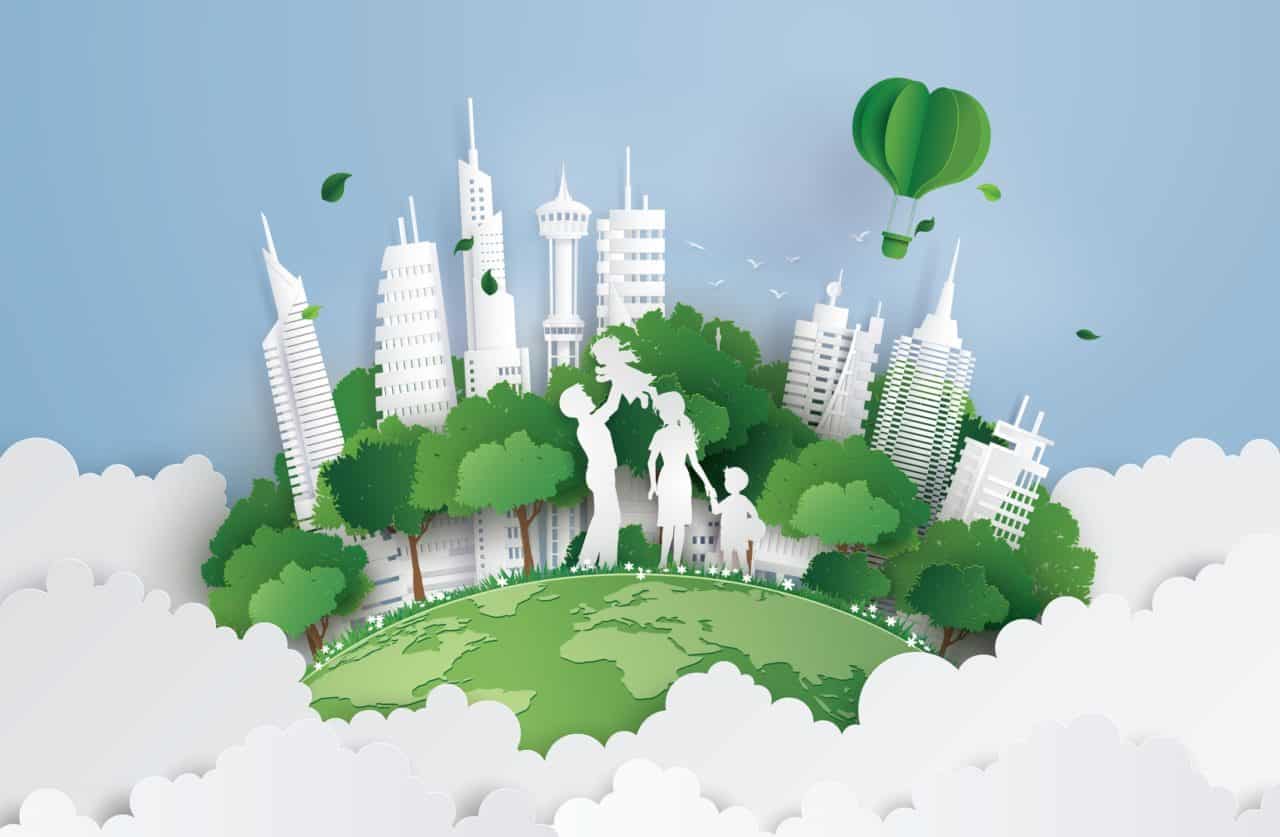
© Kengmerry | Dreamstime.com
In December 2015, the international community agreed to limit global average temperature increase to “well below 2°C” above pre-industrial levels and to pursue efforts to hold them to 1.5°C under a landmark agreement known as the Paris Climate Accord. At COP26, which many considered the real follow-up to Paris, nations were asked to present updated plans and procedures to deliver in Glasgow what Paris promised.
While this ambitious goal was not achieved with the Glasgow Climate Pact and many delegates speaking in the closing plenary expressed disappointment, COP26 President Alok Sharma said that at least it “charts a course for the world to deliver on the promises made in Paris”, and parties “have kept 1.5°C alive”. However, parties substantially differ in their views around whether COP26 actually kept the 1.5°C target within reach.
In the time between Paris and Glasgow, we have seen the climate crisis unfolding in almost all parts of the world, with record heatwaves, storms, heavy rains, floods, droughts, wildfires, rising sea levels, and melting glaciers, to name but a few. At the same time, and notwithstanding many nations’ existing mitigation pledges, global greenhouse gas (GHG) emissions are still on the rise, and despite the small temporary dent to the upward sloping curve induced by COVID-19 pandemic related impacts on the world economy, there is no turning point in sight. While more and more nations are setting net-zero targets towards the middle of the century – most recently India announced reaching net-zero at COP 26, although only by 2070 – there is still a lack of intermediate steps, concrete measures, and financing strategies around how to achieve those targets.
What we need to achieve climate neutrality by mid-century and thereby stand a decent chance of preventing the worst effects of the climate crisis, is an immediate and drastic U-turn in the global GHG emission trajectory, rather than slowly reaching a turning point. The cuts required per year to meet the projected emissions levels for 2°C and 1.5°C are now 2.7% and 7.6% respectively, from 2020 and per year on average. This in turn requires sudden and drastic climate action at different policy and governance levels, rather than some incremental policy and behavioral changes.
However, many policy- and decision makers, as well as other societal stakeholders, consider such radical change impossible. I am positive we have all heard many excuses for slow progress in climate action, including that people won’t tolerate any climate policy measures that would require a palpable change in their lifestyles, habits, and routines; or that there is no money after carrying our economies through the economic crisis induced by the COVID-19 pandemic. Other favorites are that “there is no alternative to our growth-based economic model”; or “our industries cannot just change their business models from one day to another”.
Overall, such excuses are blatant manifestations of a more general observation: At the heart of political failure there is often a lack of imagination or vision. One might argue that the policy responses to the COVID-19 pandemic have shown that governments are able to actually govern, and people were ready to profoundly change their behaviors. However, the overarching policy narrative was suggesting that these changes are all temporary and that once the pandemic is under control, we will move back to the pre-crisis state. In the context of the climate crisis and other closely related grand global challenges such as the biodiversity crisis, a “back to the future” narrative is at least useless and in the worst case even counterproductive.
To operationalize the Paris Agreement’s 1.5°C goal and the follow-up Glasgow Climate Pact, we need courageous forward-looking visions that go beyond technology scenarios by describing what a climate neutral and resilient society could look like in all its complex facets. Last minute interventions at COP26 to tone down the Pact’s wording on fossil fuels to “phasing down” unabated coal power and “phasing out” inefficient fossil fuel subsidies, have proven once more that international climate policymaking is a tough diplomatic struggle, but also that it still suffers from a chronic lack of imagination at all levels.
Also at the individual level, recent research has found that while citizens are alarmed by the climate crisis, few are willing to act proportionately as they lack a clear vision of what a low-carbon transformation actually means. If we are not able to develop courageous visions of low-carbon and climate resilient futures that generate broad societal buy-in, we will not be able to identify and implement radical and transformational climate actions that will catapult us onto the low-carbon trajectories that have been laid out by scientists for achieving the 1.5°C goal. Hence, these visions need to be co-created with all relevant societal stakeholders that have a legitimate claim in the low-carbon transformation of our societies.
In developing such joint visions, it is of the utmost importance to first understand and eventually negotiate between different imaginations of a livable future and perceptions of what constitutes fair outcomes of, and just process for this fundamental transformation our societies will have to undergo.
In Austria, as in many other countries, national and sub-national governments are announcing net-zero targets and starting to think about the strategies and measures needed to achieve those. With a transdisciplinary group of researchers, practitioners, and policy- and decision makers, we are developing a participatory process for Styria, one of Austria’s nine states, that aims to co-create courageous and positive visions for a low-carbon and climate resilient future with a representative group of about 50 people. The central building block of this process is a co-creation workshop called “climate modernity ̶ the 24-hour challenge”. This weekend workshop will not take up more than 24 hours in total of participants’ time and it not only aims to imagine visions, but also to back-cast from these visions what is required to achieve them.
With this process, we set out to support the development of a new, politically as well as societally feasible, climate, and energy strategy for Styria. The Klimaneuzeit website, which includes an online application form that allows for eventually inviting a representative group of participants, has just been launched. Stay tuned to find out more about our lessons learned in co-developing this visioning process and implementing this prototype in Austria.
Note: This article gives the views of the author, and not the position of the Nexus blog, nor of the International Institute for Applied Systems Analysis.
Oct 6, 2021 | Food, Sustainable Development, Wellbeing
By Frank Sperling, Senior Project Manager in the Integrated Biosphere Futures Research Group of the IIASA Biodiversity and Natural Resources Program
Frank Sperling shares his reflections on issues around sustainable and transformational food production in the context of the UN Food Systems Summit.
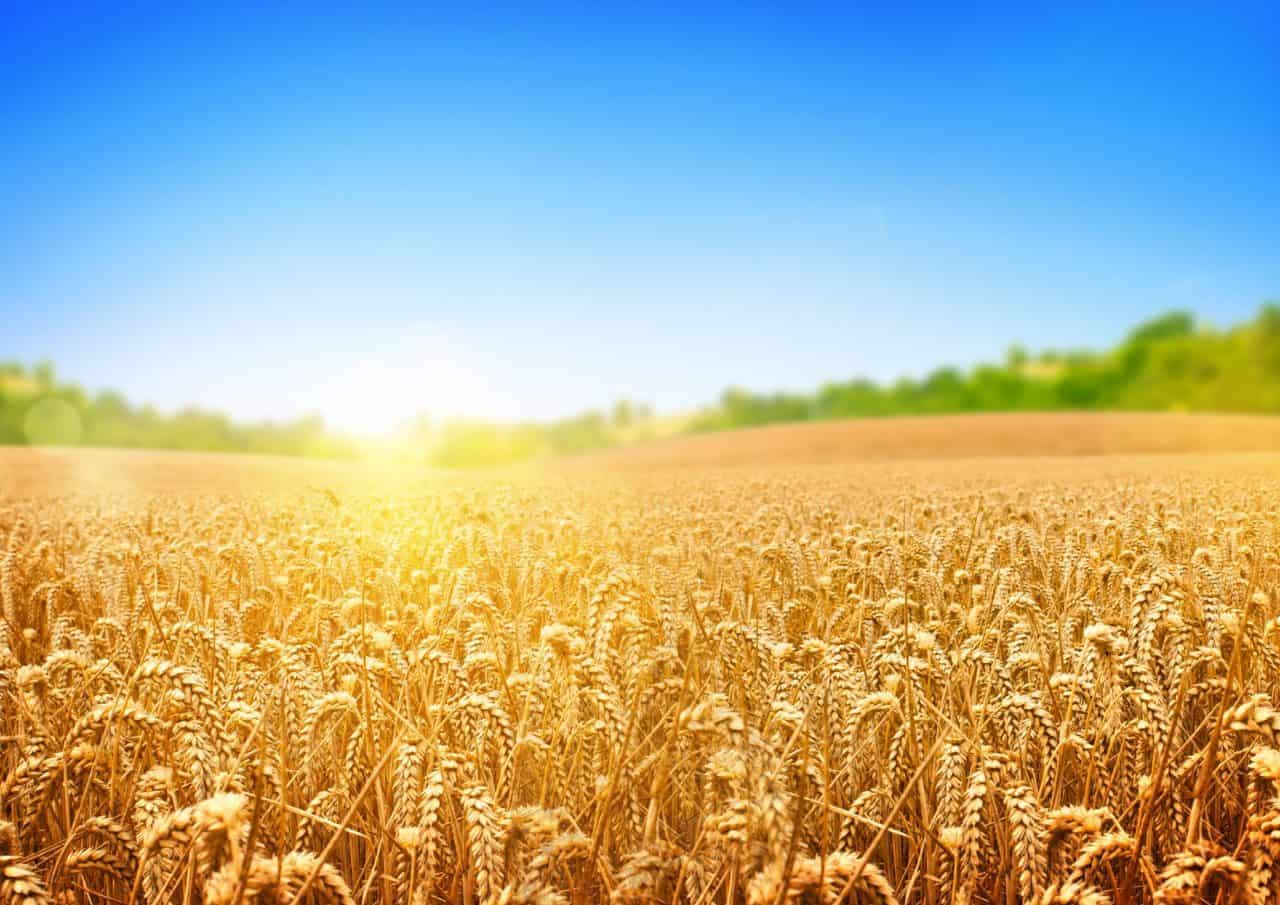
© Solarseven | Dreamstime.com
Bringing together stakeholders from around the globe, the United Nations Food Systems Summit (UNFSS) calls attention to the opportunities, challenges, and promises that the transformation of our food systems can hold to advance sustainable development.
This transformation needs to happen, while the ongoing Covid-19 pandemic reminds us of the manifold vulnerabilities embedded in our food systems, the inter-dependence of our societies, and the entanglement of human and natural systems. The increases in weather and climate extremes that can clearly be attributed to climate change, ongoing biodiversity loss, environmental degradation, and pollution further illustrate that food systems need to manage a broad range of compounding risks and pressures that play out over different spatial and temporal scales. Advancing and securing gains towards the Sustainable Development Goals (SDGs) will not only require meeting multiple economic, social, and environmental objectives, but also demand pathways that ensure a safe navigation through a treacherous and shifting risk landscape. But how do we build resilience into the food system while transforming it at the same time?
Great strides have been made in technologies and practices that can help food systems manage existing and emerging risks. For example, on the production side, timely access to seasonal forecasts and early warning information coupled with extension services can help farmers to make the right decisions for planting and to anticipate, adapt, and cope with possible shocks. Precision agriculture, which harnesses advances in technology to ensure optimal health and productivity of crops and soils, can reduce the need for inputs. Diversification of livestock and agricultural traits can help farmers to reduce production risks in marginal environmental conditions.
Minimizing the spillover risk of zoonotic diseases, mitigating, and adapting to climatic and environmental changes place additional demands on food systems, but also offer new opportunities. Living sustainably requires comprehensively managing land use, enabling for food production, but maintaining and recovering critical ecosystem goods and services, such as carbon and biodiversity. It requires advancing nature-based solutions, where nature is seen as an ally and not an adversary in delivering on development objectives. Strengthening natural capital accounting and incentivizing environmental stewardship by rewarding actors in the food system for efficient and sustainable management of natural resources, and appropriately informing consumer choices will be important ingredients in reducing the environmental impact as well as environmental vulnerabilities of food systems.
The transformation of the food system is an ongoing process. It is therefore important to understand the impact of different changes across the system. Shifts to healthier diets can have important co-benefits in reducing pressure on the environment and natural resources. Such transformation implies, however, that shifts in demand are also matched by shifts in supply, reflecting appropriate adjustments of agricultural production. To accommodate such system shifts and facilitate system transitions over time, the social resilience and adaptive capacity of society must be addressed accordingly.
Food systems operate at different scales, ranging from local to global. Consequently, the role of trade in ensuring food security and human welfare across a range of contexts is critical. Several countries are already dependent on food imports. Trade can help the food security of regions where agricultural activities become less viable with progressive climate change. At the same time, the changing exposure to socioeconomic and environmental risks arising from the increasing inter-connectivity of societies and economies also need to be addressed, as illustrated by the current pandemic. The evolution of food systems has been largely shaped by a drive for efficiency. We must now consider carefully where efficiency needs to be (counter)balanced with an effort to promote greater diversity, and where we must build in greater redundancy to help manage the variety of risks facing food systems.
Forward-looking approaches aimed at transforming food systems towards greater resilience and sustainability will require a suite of measures within, as well as outside food systems. Such measures entail helping livelihoods and sectors to reduce their vulnerabilities and risk exposure, while also enabling the agility of food systems to manage future risks, avoiding lock-in of structures, which would become mal-adaptive over time. Achieving such transformation will depend on increased collaboration and trust building across sectors, enabling innovation in technologies and practice, strengthening of training and capacity development, and on the improvement of safety nets for reducing vulnerabilities to shocks and managing the social transition. Above and beyond, it requires re-calibrating the connection of food systems with other sectors and systems, such as health, environment, energy, and infrastructure.
The UNFSS in conjunction with the upcoming UN Climate Change Conference in Glasgow (UNFCCC COP26), and the UN Conference on Biological Diversity in Kunming (CBD COP15), are a formidable call to action for political leaders, decision makers in the public and private sectors, scientists, development practitioners, civil society, and to society at large, to come together and jointly imagine and build resilient and sustainable food systems that place people and nature at the center before it is too late.
This blog post was first published on the website of the International Science Council. Read the original article here.
Note: This article gives the views of the author, and not the position of the Nexus blog, nor of the International Institute for Applied Systems Analysis.
Sep 23, 2021 | Brazil, China, Data and Methods, Energy & Climate, India, Russia, Science and Policy, Young Scientists
By Neema Tavakolian, 2021 IIASA Science Communication Fellow
Ever wonder why countries can never agree on issues related to climate change and the environment? Young Scientists Summer Program (YSSP) participant Felix Schenuit dives into the politics and challenges surrounding carbon dioxide removal in international climate negotiations.
The Paris Agreement has been lauded as a landmark effort to address climate change and has been signed by nearly every country in the world. The agreement sets out ambitious goals such as reaching temperature targets, setting net-zero carbon targets, and providing financial, technical, and capacity building support to those countries that need it.
One topic that has been receiving increasing attention since the adoption of the agreement is carbon dioxide removal, or CDR – which comprises man made processes involving the direct removal of carbon dioxide from the atmosphere and sequestering it somewhere else, usually underground or under the sea floor. Since it was first proposed, CDR has been discussed on many platforms including critical comments, journals, and studies. 2021 IIASA YSSP participant Felix Schenuit studies how the debate, which has been largely ignored by policymakers until the Paris Agreement, is evolving, and how CDR is being taken up in climate policymaking.

© Felix Schenuit
Felix Schenuit comes from a background of political science and public policy. It was during his employment at the German Institute for International and Security Affairs (SWP) that he became fascinated by CDR and the political debates surrounding the impacts it can have on the fight against climate change. This is when he decided to combine his newfound interest with his background and experiences in international relations and public policy to pursue a PhD at the University of Hamburg comparing CDR policymaking in different countries and the role scientific knowledge has on its implementation.
Building on a previous study comparing CDR governance among nine Organisation for Economic Co-operation and Development (OECD) cases, Schenuit is now focusing on the role of scientific knowledge surrounding CDR in Brazil, China, India, and Russia. These countries account for a significant portion of the world’s greenhouse gas emissions due to their rapid industrialization and expanding economies. China and India are especially significant due to their great influence in ongoing international climate negotiations regarding the Paris Agreement.
Schenuit uses integrated assessment models to gather information and data about the role of CDR in different countries in decarbonization pathways.
“These models help us to understand what amount of CDR we are likely to need to achieve Paris Agreement targets. Case studies on specific countries are an important second step to explore facts on the ground about different policy initiatives, emerging CDR facilities, and efforts in each region. We reach out to country experts and build interdisciplinary bridges to investigate how CDR is addressed politically, what amounts are available and politically feasible, as well as relevant knowledge gaps,” he explains.
One of the biggest challenges remaining for CDR is limited knowledge about different CDR methods, both in science and policy circles. There are many ways one can remove carbon dioxide from the atmosphere, ranging from afforestation, to soil carbon sequestration, ocean fertilization, direct CO2 capture from the air, and the use of biochar, among others.
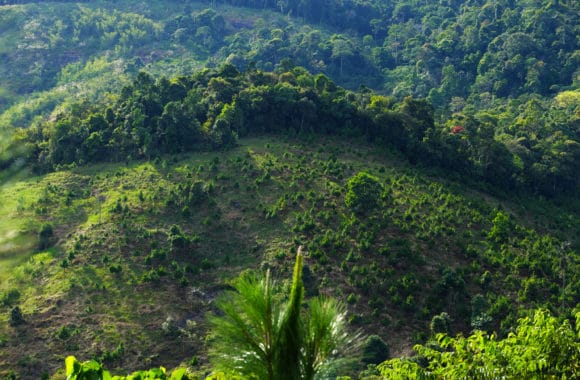
Reforestation on hill at Bao Loc mountain pass, Vietnam © Hoxuanhuong | Dreamstime.com
“When it comes to methods, many policymakers are unaware of the portfolio of available methods. Each method has different tradeoffs, both environmentally and politically. For example, in Germany, carbon capture and storage (CCS) is very contested and most policymakers are hesitant to even address CDR. Thus, in Germany one may need a different set of methods than in the UK, for example, where CCS-based CDR methods are pursued proactively,” Schenuit says.
Many predict that the role of international politics in CDR governance under the Paris Agreement is going to be difficult and tricky to navigate. Schenuit argues that it is still a bit too early in the debate for predictions as policymakers have only recently been directly addressing CDR. He does however agree that there is already strong evidence of politics at play and alliances are forming.
The study on Brazil, China, India, and Russia will yield fascinating results, as it will give us an idea about future disputes and questions regarding the carbon in our atmosphere. Questions like where we will be removing carbon and who is going to pay for it. One thing is for certain, however. Time is running out to meet the targets of the Paris Agreement, and international cooperation is desperately needed.
Note: This article gives the views of the author, and not the position of the Nexus blog, nor of the International Institute for Applied Systems Analysis.
Aug 12, 2021 | Climate Change, Evolution, Science and Policy, Women in Science, Young Scientists
By Neema Tavakolian, 2021 IIASA Science Communication Fellow
Young Scientists Summer Program (YSSP) participant Lyndsie Wszola explores how human interactions with warming freshwater systems have affected the evolution of fish species through the lens of the North American walleye.
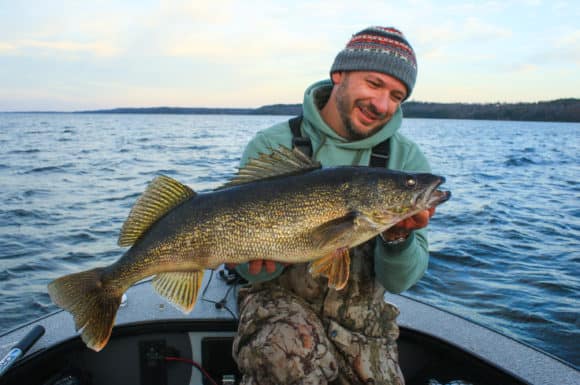
© Justinhoffmanoutdoors | Dreamstime.com
The effects of climate change have intensified over the past few years, especially in our oceans, and human based activities contributing to it are now being taken more seriously. While the warming of our oceans is indeed troubling, many forget that freshwater systems are also being influenced, and that this is affecting the growth and evolution of the species that reside in them.
2021 YSSP participant Lyndsie Wszola wants to explore changes in freshwater systems using human-natural modeling systems at IIASA.

© Lyndsie Wszola
Growing up with a conservation officer father, Wszola is a second-generation conservationist. Knowing she wanted to enter this field at an early age, she realized that she had to get into research and academia first. Her main interests while studying at the University of Nebraska have been the interactions between humans and wildlife.
While researching the relationships between hunters and ring-necked pheasants, she discovered an affinity for quantitative research. This curiosity went even further after she discovered literature on harvest induced evolution and mathematical ecology specifically pertaining to fish populations. Together, this initial desire to explore human and wildlife interactions and her newfound interest in mathematical ecology, led Wszola to take a closer look at North American freshwater systems and how we as humans are influencing its ecology. Her research specifically delves into the growth and evolutionary changes seen in the North American walleye (Sander vitreus) – a popular fish in Canada and the United States. The reason for its fame is its palatable taste as a freshwater fish and its status among anglers, making it both a commercially and recreationally fished species.
Walleye was chosen as the subject of Wszola’s research for many reasons. First, walleye, like many fish, are ectotherms meaning that their body processes and behaviors are directly linked to their body temperature, which is in turn directly linked to the temperature of the water. Unlike other fish however, there is already plenty of research and data on the relationship between the walleye’s growth and temperature. This information makes it much easier to simulate the walleye’s eco-evolutionary growth dynamics in the context of human driven harvests in warming waters. Wszola will also be working with very large datasets spanning multiple latitudes ranging from Ontario, Canada down to Nebraska, USA. The datasets include up to six million fish with four million of those being walleye.
“My goal is to model the influence of temperature on fish harvests based on size. Due to their ectotherm nature, we can observe the changes in body size in annual harvests. As waters warm, walleye grow much faster. We also know that intensely harvested fish often evolve to reach maturation at smaller sizes. When coupled with rising temperatures, this relationship between harvest induced and temperature induced evolution can be fascinating, as we now have two sources working together to change the growth evolution of this fish,” she explains.
Due to warming temperatures, many natural resources are at stake with some of the most sensitive being aquatic in nature. Research like this is important as it allows us to look at our relationships with the environment to be able to react accordingly.
“I hope that the research I do yields fascinating enough results so that from a practical standpoint, future fisheries policies can include climate change dynamics in addition to fish and human dynamics,” Wszola concludes.
Note: This article gives the views of the author, and not the position of the Nexus blog, nor of the International Institute for Applied Systems Analysis.
Jul 29, 2021 | Korea, Science and Policy, Young Scientists
By Fanni Daniella Szakal, 2021 IIASA Science Communication Fellow
Despite the political challenges, 2021 YSSP participant Eunbeen Park is researching ways to restore forests in isolated North Korea.
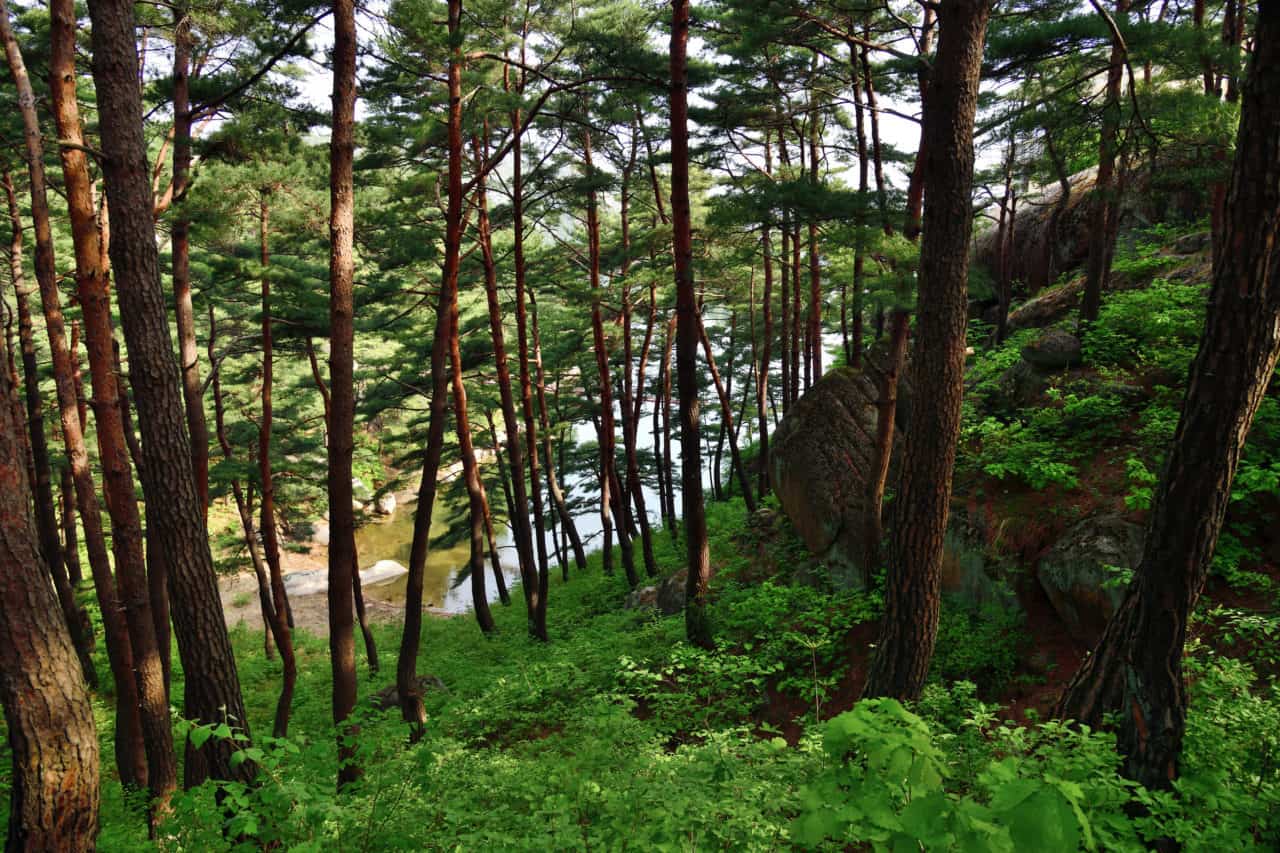
© Znm | Dreamstime.com
North Korea is somewhat of an enigma and getting a glimpse into what transpires behind its borders is a difficult task. Based on our limited information, it however seems that its once luscious forests have disappeared at an alarming rate in the last few decades.
Deforestation in North Korea is fueled by economic difficulties, climate change, and a lack of information for effective forest management. As forests are recognized as important carbon sinks that are invaluable when working towards the climate goals established in the Paris Agreement, finding a way to restore them is imperative. Forests are also essential in solving food insecurity and energy issues, which is especially relevant in the face of the current economic hardship in North Korea.
Neighboring South Korea serves as a benchmark for a successful reforestation campaign after having restored most of its forest cover in the last half a century. South Korean researchers and NGOs are keen to support afforestation efforts in North Korea and it seems that the North Korean government is also prioritizing this through a 10-year plan announced by North Korean leader Kim Jong-Un in 2015. The strained relationship between the two Koreas however, often hinders effective collaboration.
‘’We are close to North Korea regionally, but direct connection is difficult for political reasons. However, many researchers are interested in studying North Korea and there are currently many projects for South and North Korea collaboration supported by the Ministry of Unification,” says Eunbeen Park, a participant in the 2021 Young Scientists Summer Program and a second year PhD student in Environmental Planning and Landscape Architecture at Korea University in Seoul, South Korea.
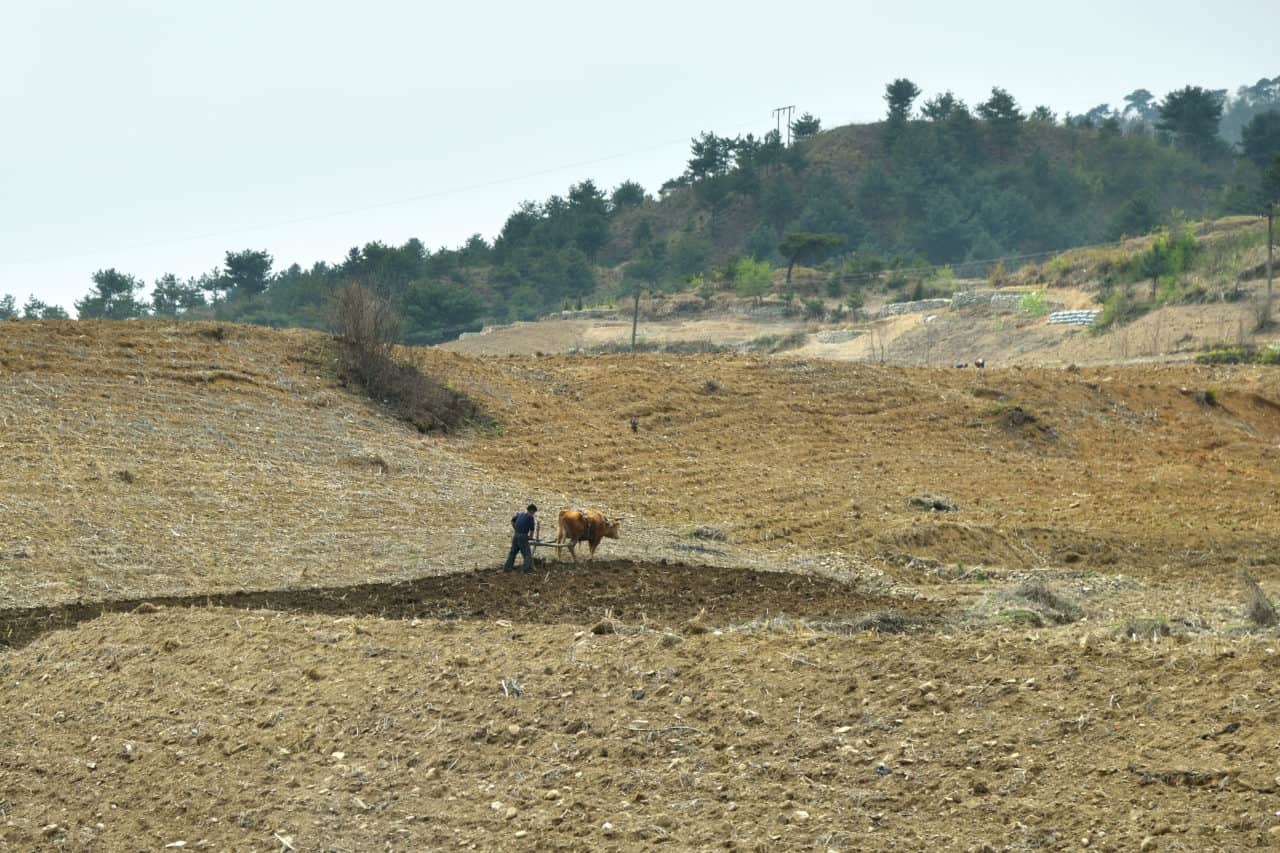
North Korean countryside © Znm|Dreamstime.com
Modeling afforestation scenarios in North Korea
Park specializes in using remote sensing data for environmental monitoring and detecting changes in land cover. During her time at IIASA, she will use the Agriculture, Forestry, and Ecosystem Services Land Modeling System (AFE-LMS) developed by IIASA to support forest restoration in North Korea.
First, Park will use land cover maps dating back to the 1980s to map the change in forest cover. She will then identify areas for potential afforestation considering land cover change, forest productivity, climate, and different environmental variables, such as soil type. She will also develop different afforestation scenarios based on forest management options and the tree species used.
According to Andrey Krasovskiy, Park’s supervisor at IIASA, when selecting tree species for afforestation we need to take into account their economic, environmental, and recreational values.
“From a set of around 10 species we need to choose those that would be the most suitable in terms of resilience to climate change and to disturbances such as fire and beetles,” he says.
Challenges in data collection
A major challenge in Park’s research is obtaining accurate information for building her models. If there is relevant research from North Korea, it is not available to foreign researchers and without being able to enter the country to collect field data in person, her research has to rely on remote sensing data or data extrapolated from South Korean studies.
Fortunately, in recent years, remote sensing technology has evolved to provide high-resolution satellite data through which we are able to take a thorough look at the land cover of the elusive country. Park will match these maps with yield tables provided by Korea University based on South Korean data. As the ecology of the two Koreas are largely similar, these maps are thought to provide accurate results.
Is there space for science diplomacy?
“Research shouldn’t have any boundaries,” notes Krasovskiy. “In reality however, the lack of scientific collaboration between research groups in South and North Korea poses a major obstacle in turning this research into policy. Luckily, some organizations, such as the Hanns Seidel Foundation in South Korea, are able to bridge the gap and organize joint activities that provide hope for a more collaborative future.”
Despite the diplomatic hurdles, Park hopes that her work will find its way to North Korean policymakers.
“I expect my research might make a contribution to help policymakers and scientific officials establish forest relevant action in North Korea,” she concludes.









You must be logged in to post a comment.